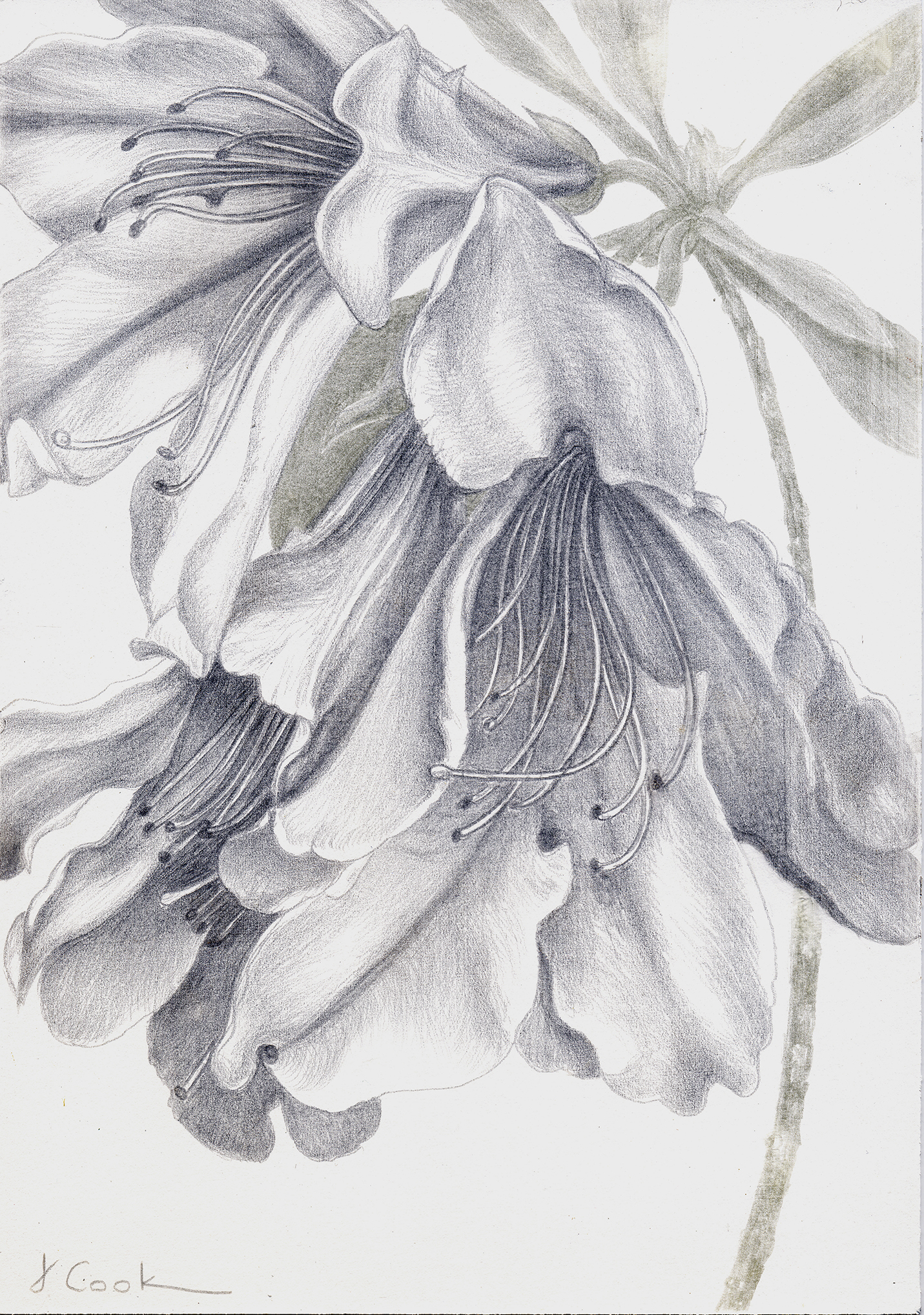Every artist who works from real life intuitively knows that familiarity with a subject brings rewards. A wonderful plein air artist from California, Marcia Burtt, written about in a June 2010 American Artist article, made a remark which really resonated with me about this. When talking about working on location, she said, "choosing a location is based on many variables. If I haven't been painting much, I can spend whole days driving around looking for a subject. If I've been painting regularly, everything looks beautiful. That's the reward for spending hours intensely observing nature - you start seeing beauty everywhere." (my emphasis)
There is a quiet and insistent alchemy at work when one is involved in depicting natural objects in the studio or painting plein air. The more one observes, the more one sees. The light changes the forms, the colours, the sense of space. The world seems to become quieter, more intense. And the more you paint or draw, it is true, beauty appears at every turn. It is as if nature becomes generous with her bounty, allowing the artist to slip on another set of eyes that are keener in perceiving beauty in all its definitions. Perhaps we know the subject matter better in all its complexities after working intensely, but it does often seem that such familiarity allows the brain to relax and see beauty more and more.
I found this generosity of nature at work recently as I started painting and drawing the wonderful Southern Azaleas (A. indica) that have been blooming on our area. I started by a large watercolour triptych, but then found the azaleas' beautiful shapes and purity kept "talking" to me. So I did another smaller watercolour. Finally, before the azaleas disappeared for the season after their brief burst of glory, I turned to silverpoint to depict their beauty again, combining it with other issues I wanted to address.
Azalea indica, silver-copperpoint, Jeannine Cook artist
It was as if the azaleas were rewarding me for my close attention to them, as I studied the intricacies of their flower forms, the play of light that described each petal, the individual quirks of each flower and leaf.
This generosity of nature is consistently available to every artist, I believe. If we can spend enough time becoming immersed in nature, in whatever way we chose to depict its aspects, the rewards of beauty and inspiration, of delight and fascination, of awe and a sense of the marvellous are all there for us if we wish. Our role, our quid pro quo with nature, is to share with others this beauty through our art, to become ambassadors and passionate advocates on behalf of nature. Not such a bad exchange!


